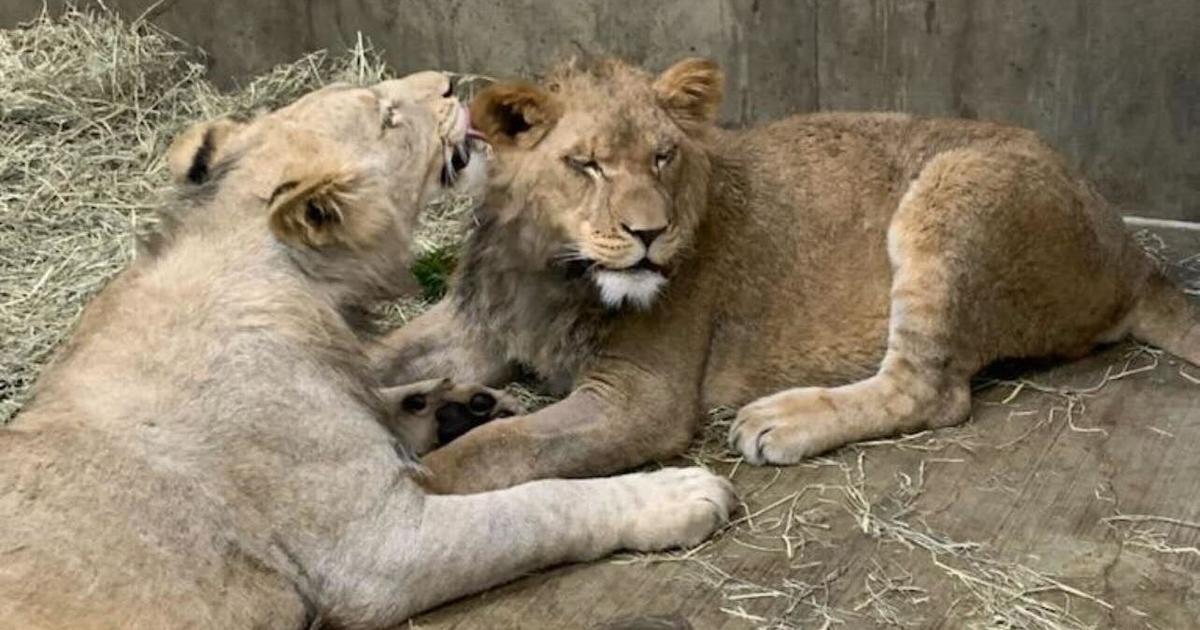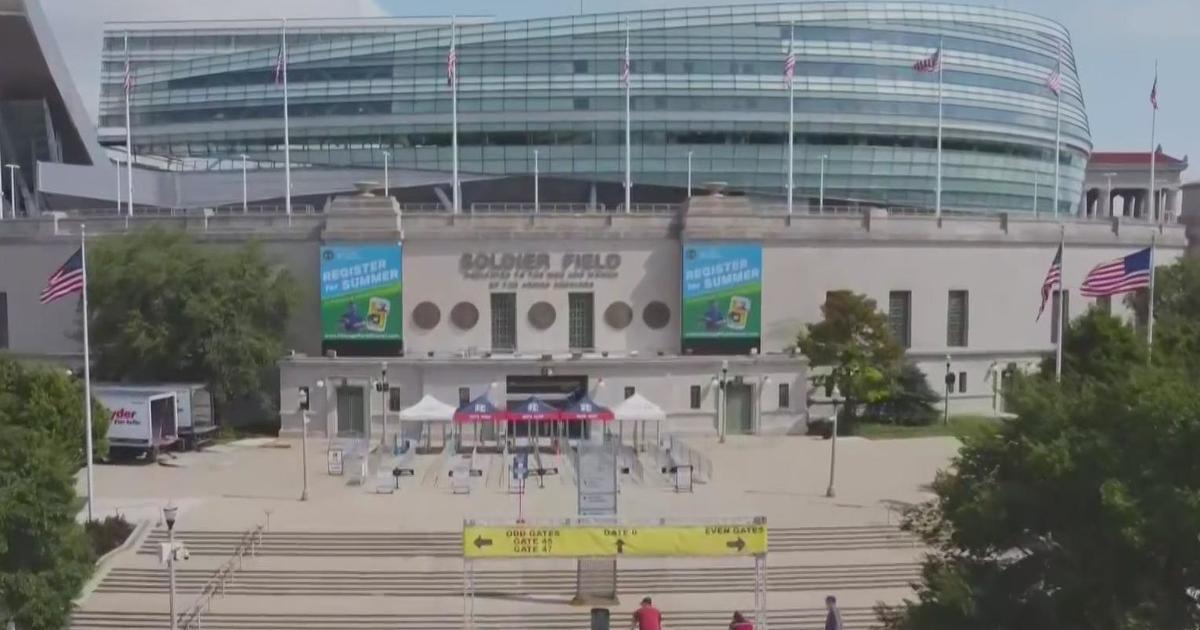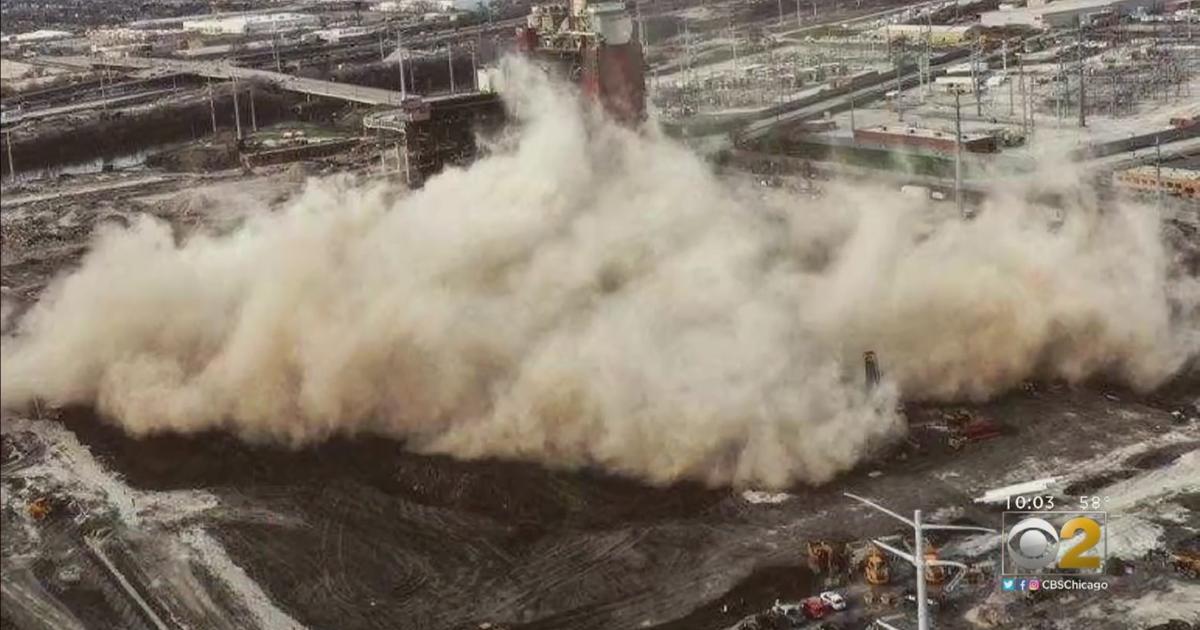Trump's Additional Unemployment Benefit: What We Know Right Now
(CBSNewYork) -- Almost three weeks ago, President Trump issued an executive order meant to provide additional aid to the unemployed. The Lost Wages Assistance program (LWA), created by executive order, would add $400 to weekly unemployment benefits. At least that's how it was framed then. Most of the particulars weren't clear.
LWA was part of a series of executive orders meant to follow the first round of stimulus, known as the CARES Act. That legislation included $600 in weekly unemployment insurance payments from the federal government on top of whatever individual states provided. Those payments counteracted the economic effects of the coronavirus pandemic. They ran out at the end of July. Congress is locked in a standoff on a second round of stimulus.
The end of August is now approaching, and the unemployment rate remains historically high, 10.2 percent for July. New unemployment claims exceeded one million last week. The economy, after dropping off a cliff in the second quarter, remains sluggish. And the coronavirus pandemic, with over 180,000 deaths and close to six million confirmed cases to date, remains in the way of any real recovery.
However, there is more information on the LWA program and what people can expect.
How Much Is The Additional Unemployment Aid?
While the additional benefit promised was $400, most of those who qualify will receive an extra$300. (Those whose initial unemployment benefit is less than $100 are ineligible to receive the additional aid.) That's because of the way the program has been set up. "The current one is $300 from the federal government and $100 from the states," says David Sherwyn, professor of hospitality human resources and a professor of law at Cornell University's School of Hotel Administration. "So it's a little iffy whether the feds can tell the states to give the $100."
By law, most states have to balance their budgets anyway. So it's unlikely they would have the funds during a recession that has seen local tax revenues plunge. The White House has since backed off the requirements that states had to kick in an additional $100.
The supplemental unemployment insurance payouts will only be available for a limited time. And the duration depends on how many people receive payouts and when. According to Sherwyn, "the $300 comes from the FEMA, which is why there's a maximum to it, tens of billions of dollars. But that's where the money comes from."
While the Federal Emergency Management Agency says that "up to $44 billion in Disaster Relief Funding is available to support this initiative" the program will end once that funding is spent. Given the elevated levels of unemployment, that will be a matter of weeks, once the program is up and running in more states.
It's also worth noting that the Disaster Relief Fund "is an appropriation against which FEMA can direct, coordinate, manage, and fund eligible response and recovery efforts associated with domestic major disasters and emergencies." And there is certainly plenty of potential for more disasters and emergencies. Hurricane Laura, for example, just rolled through Texas and Louisiana, and other hurricanes are likely to follow in the next couple months.
Then again, this wasn't the typical stimulus package. "I can't imagine legally that the government can't find a way to pay it," Sherwyn speculates. "And this is an executive order anyway. It was the administration that decided that FEMA would pay for unemployment. So they just decide that some other branch that has the money can contribute to unemployment."
Who Is Eligible For Additional Unemployment Aid?
Generally speaking, the additional LWA payout is or will be available to anyone who is unemployed and has applied for unemployment benefits. What that means practically is far more complicated, as rules vary by state.
"It's available to people who are eligible for unemployment, which is a state-by-state thing," says Sherwyn. "You're generally not eligible if you quit. You are eligible if you're fired, even if you're fired for some sort of cause. It depends how bad the cause was, what the misconduct was and what level it was. It's definitely available to those who were laid off or furloughed. Different states have different rules as to when you lose eligibility if you make any money in the interim, how much time efforts need to be spent on job searches. Those are all part of the state-by-state calculus as to whether you're eligible for unemployment."
To date, LWA benefits are being paid out in five states -- Arizona, Louisiana, Missouri, Tennessee and Texas. So, in order to receive the additional payment right now, a person must qualify for and be receiving benefits in one of these states.
At least 30 states have been approved to be part of the program. West Virginia, approved Thursday, is the latest. Other states include California, Massachusetts, New York and Pennsylvania. South Dakota is the only state to turn it down. The deadline is September 10 to apply for funds. But additional delays may hold up the funds for weeks to come.
What Is The Delay?
While the federal government is putting up the money, state governments have to distribute it through their individual systems. And many of those systems rely on old software running on an even older coding language. Updating the systems was never a priority. So making seemingly simple changes now to distribute an additional $300 per week takes weeks of valuable time.
"There are states with antiquated systems. If you're a state and you're looking to balance your budget, and you're allocating funds, you've got to pay for the schools, you've got healthcare, you've got to fix the roads, you've got to make the payroll. Is fixing the unemployment insurance and making it more user-friendly at a time when unemployment is under 4 percent, is that a good use of dollars? Arguably no. Vote for me, I fixed the unemployment system. It doesn't sound like something that would be a campaign slogan when you run for governor. Absolutely, you have antiquated systems. No one anticipated going from 3 and change percent to over 10 percent unemployment in a few months and having money come in from another branch of government making it even more complicated."
The additional $300 of unemployment insurance will certainly be welcomed by anyone lucky enough to receive it, whenever it shows up. But it will be half of the additional $600 they were receiving before the initial stimulus ran out. The effect will be noticeable in household budgets and the larger economy. And within weeks FEMA's LWA pool of money will run out, and the additional payments may once again disappear.



